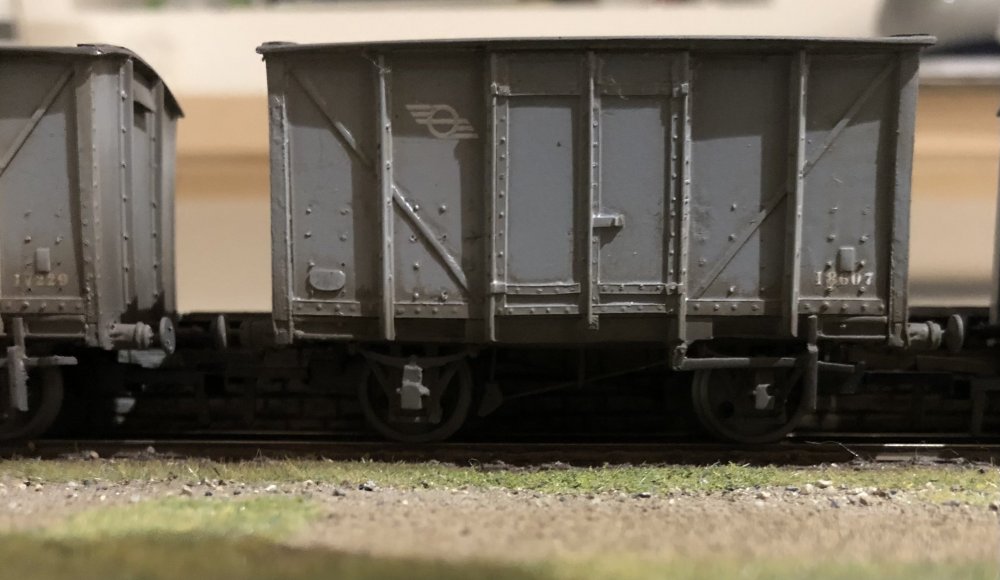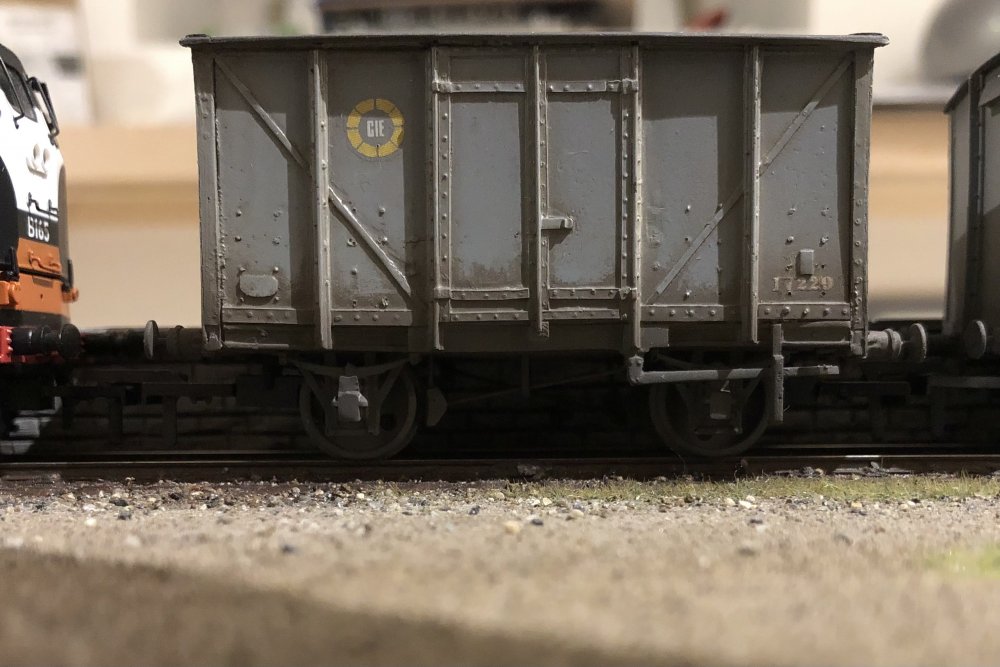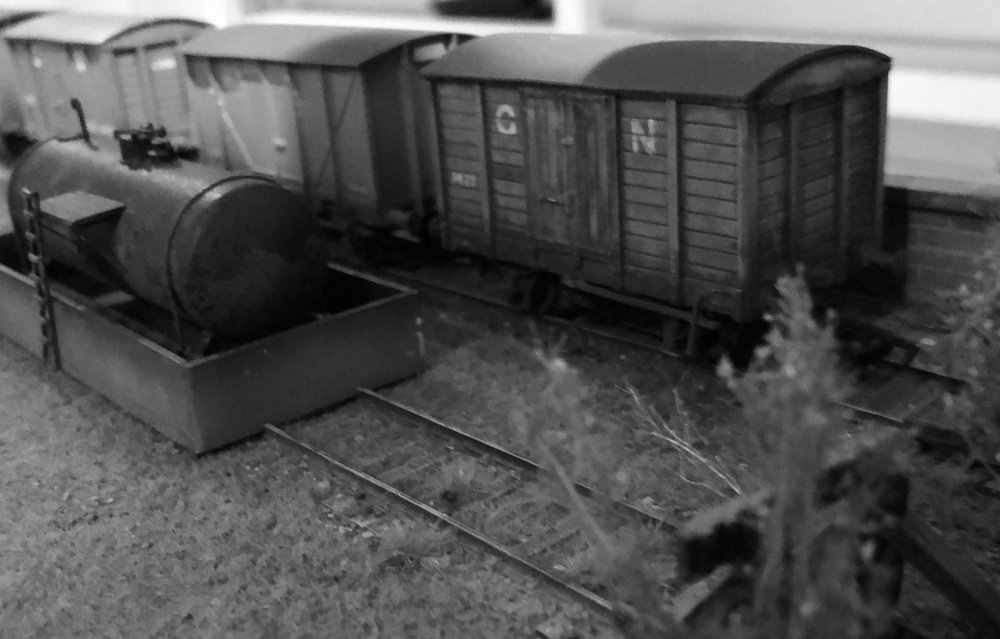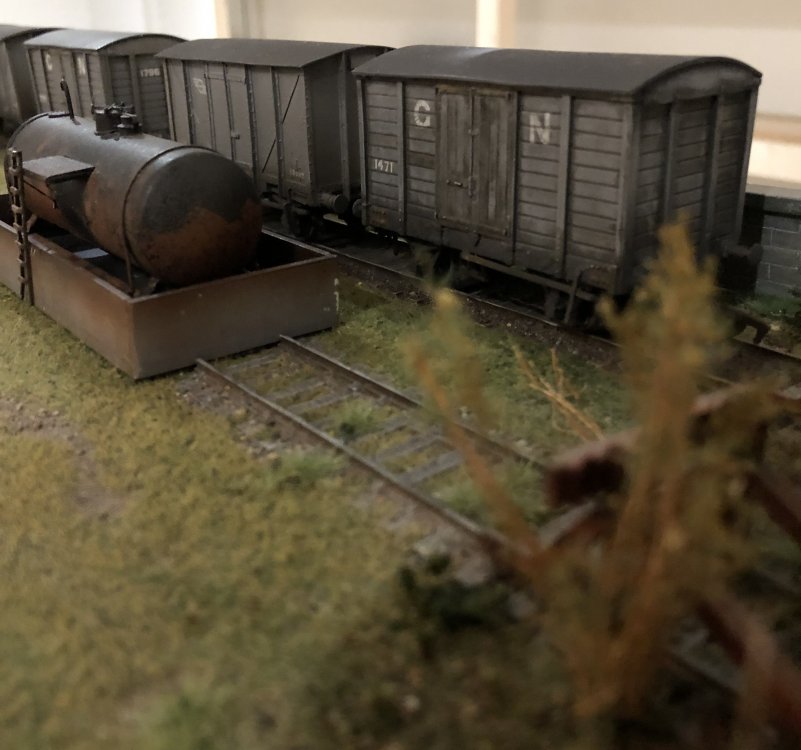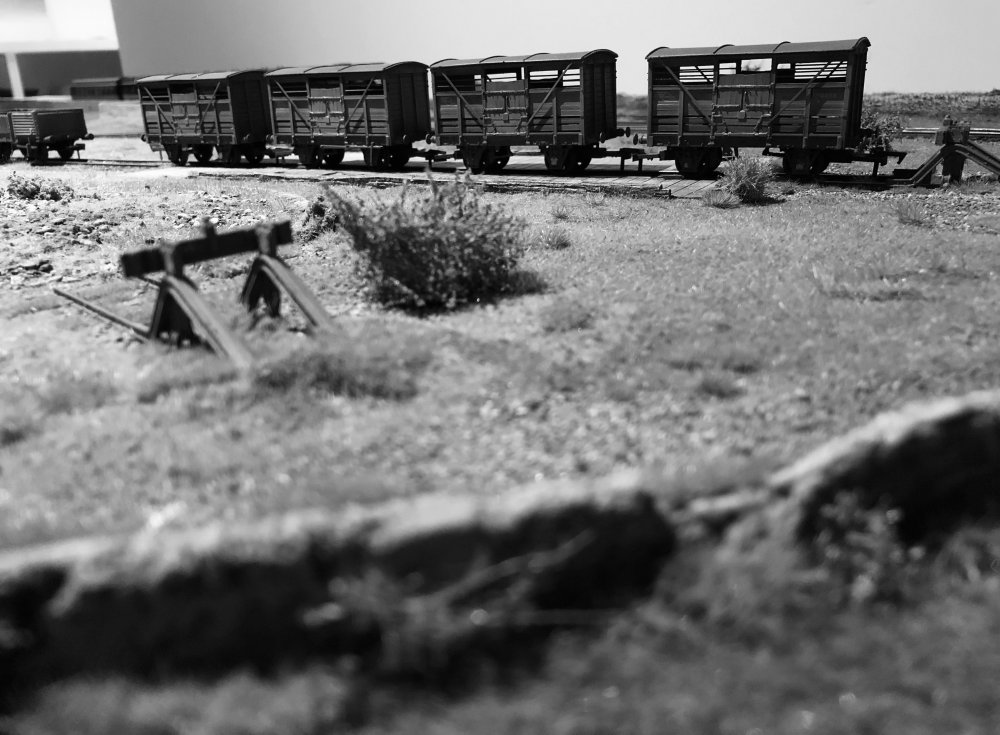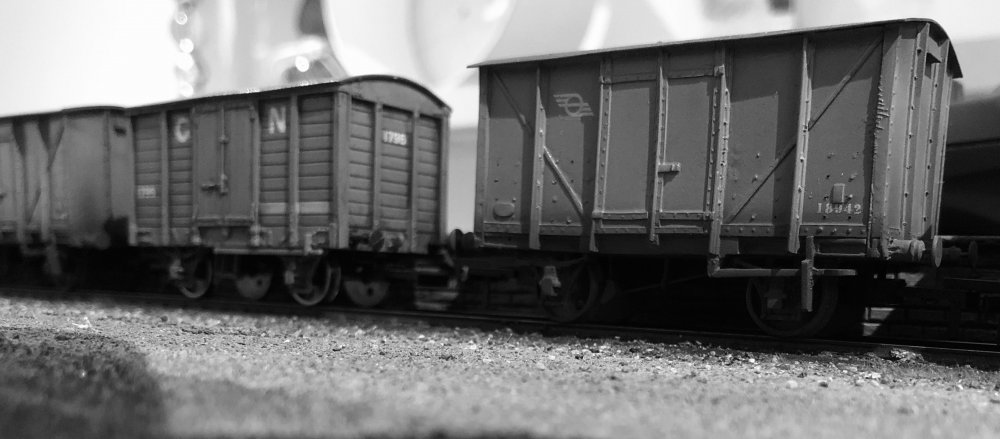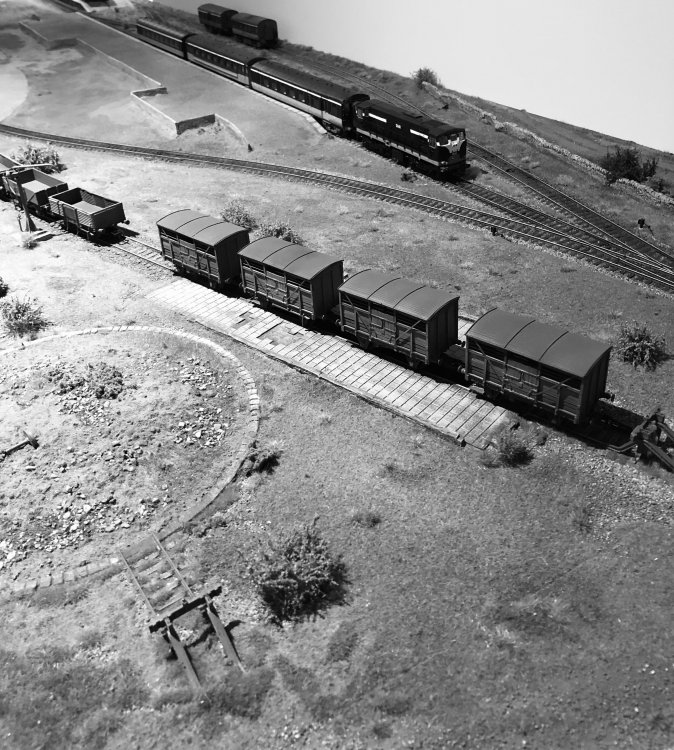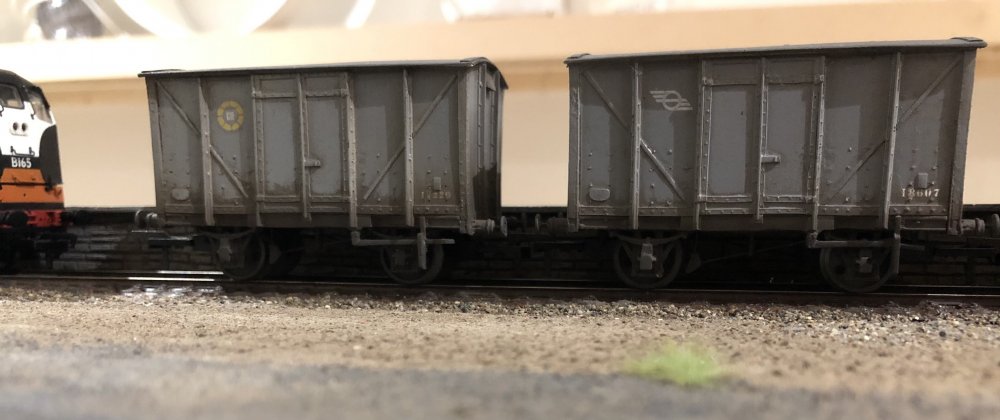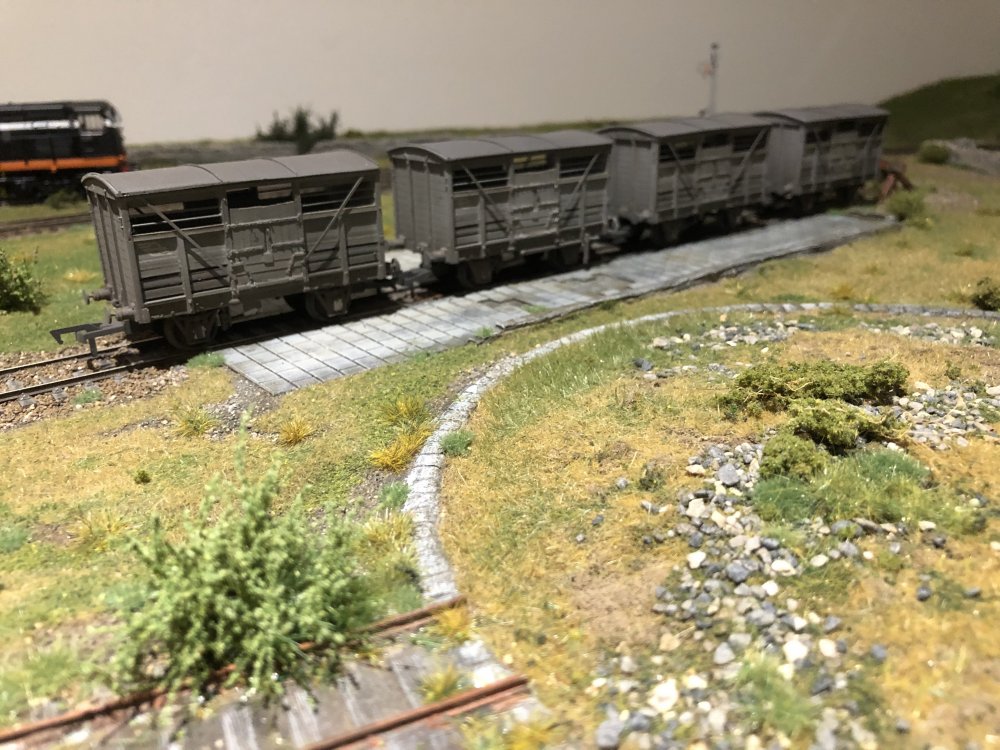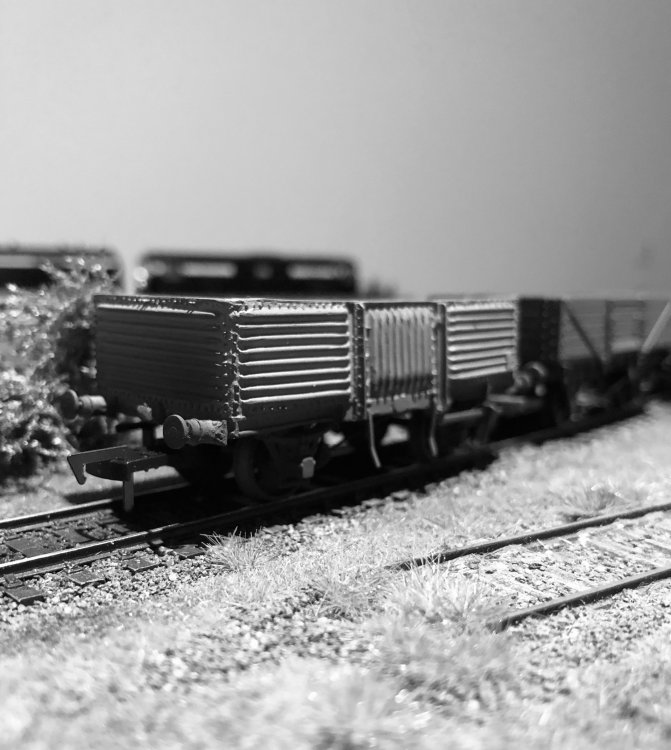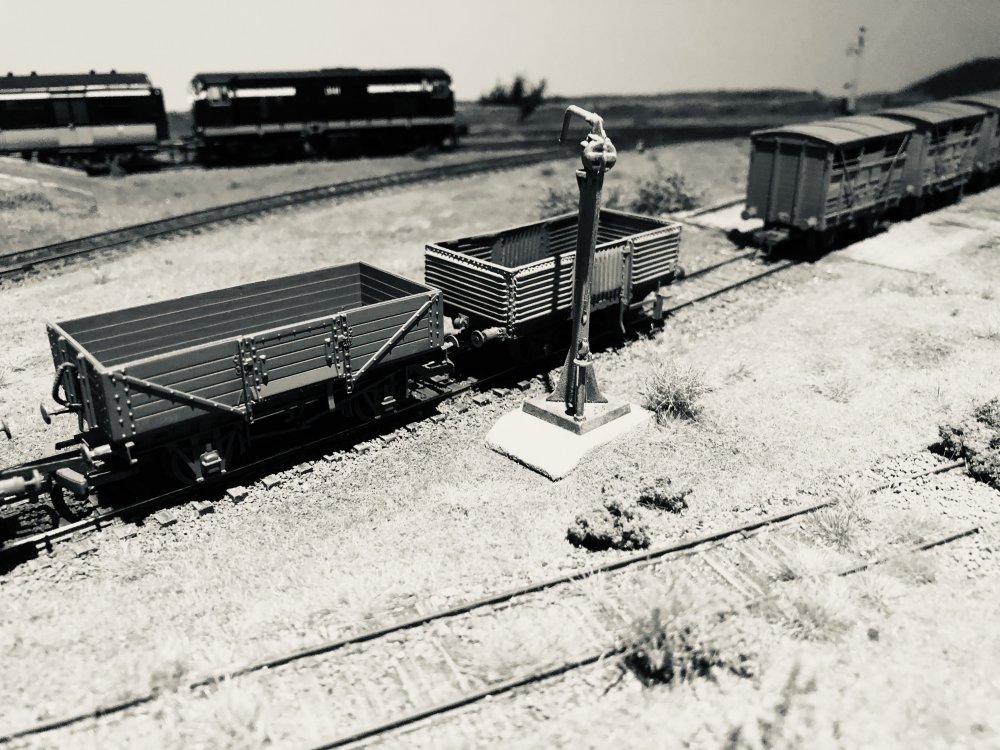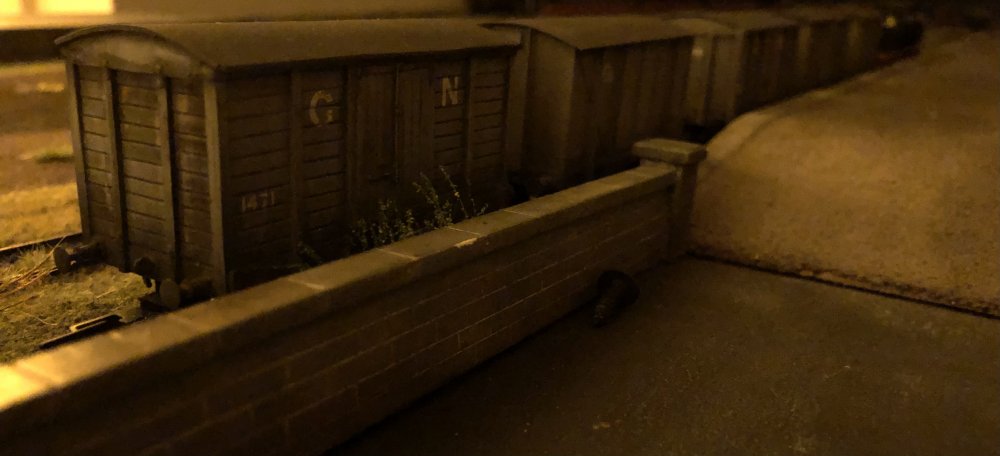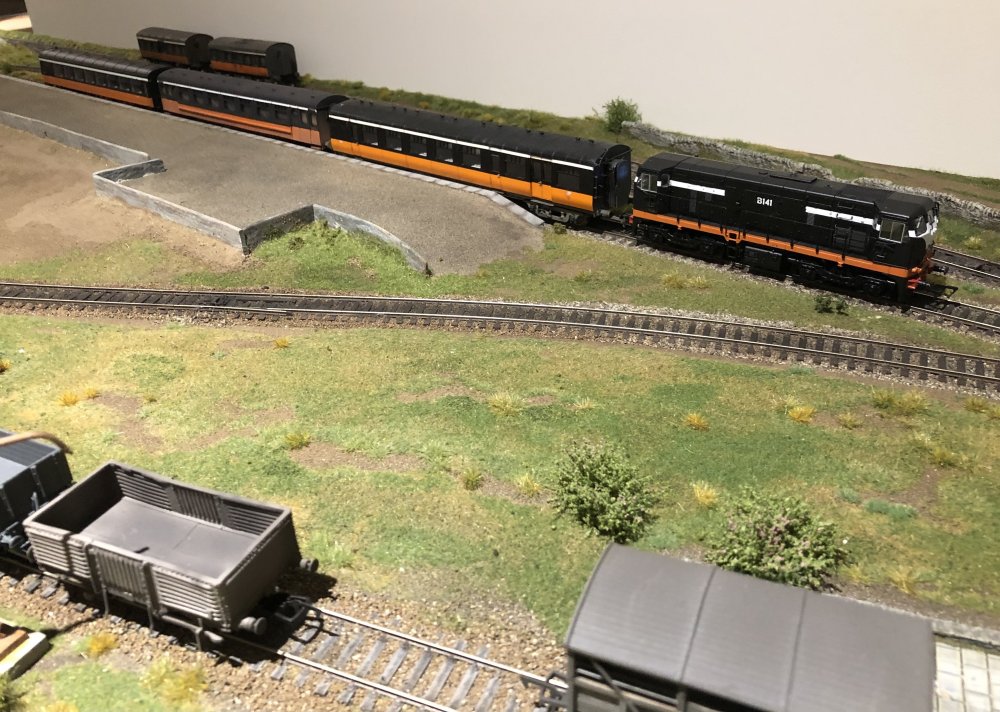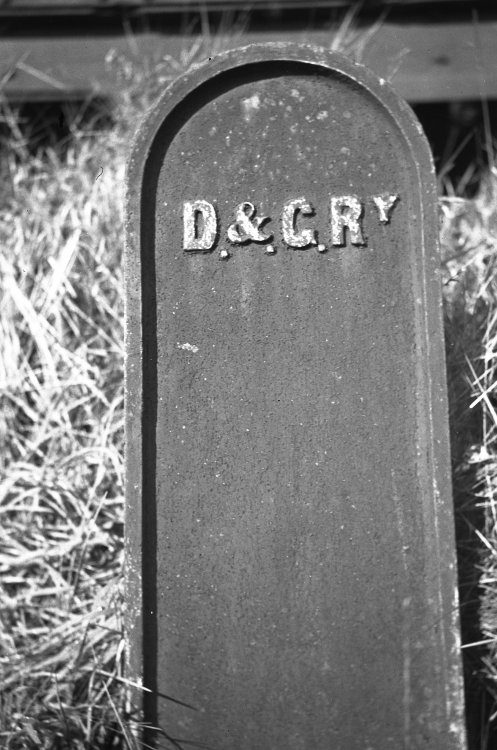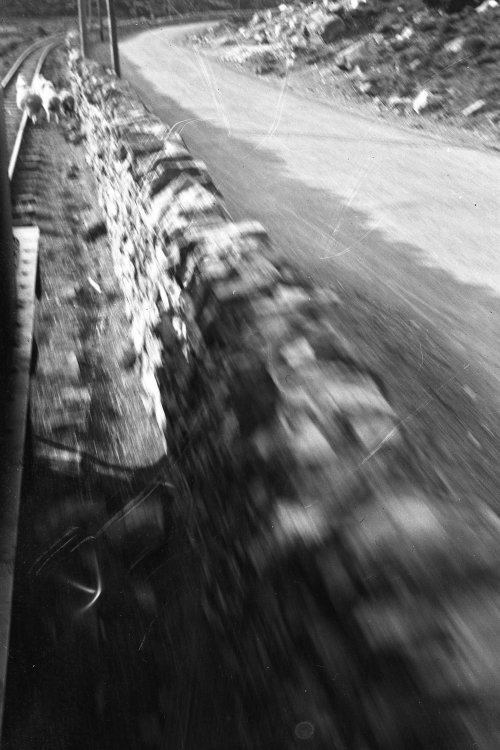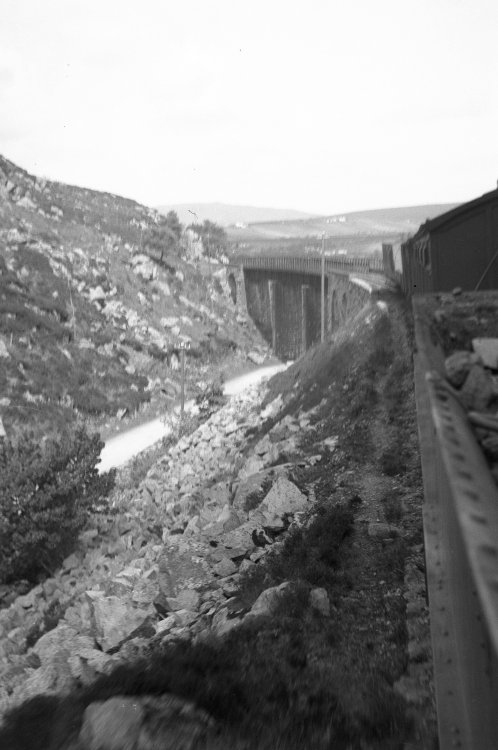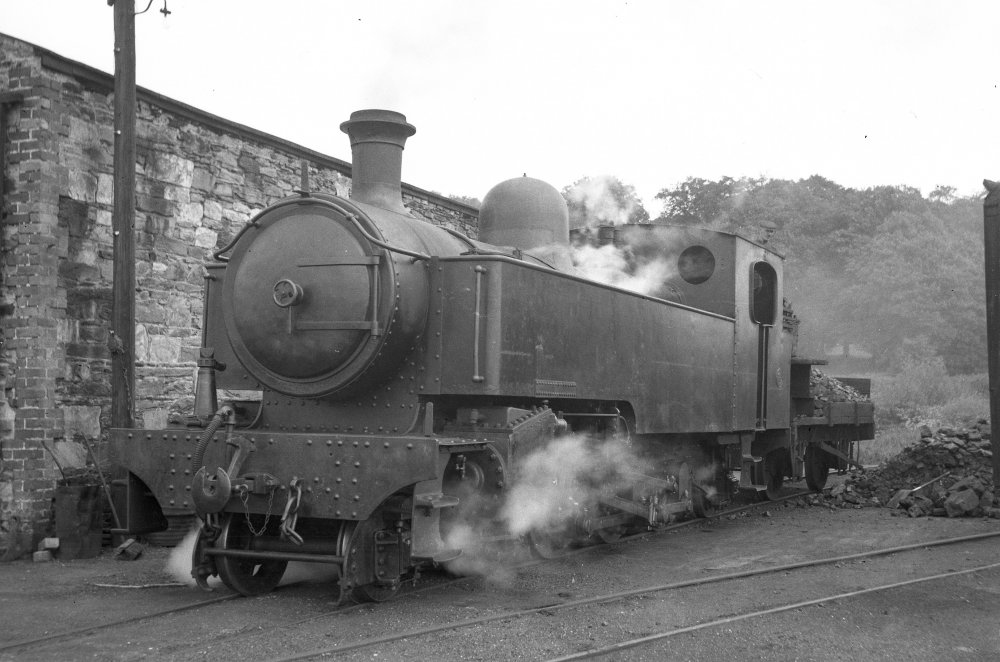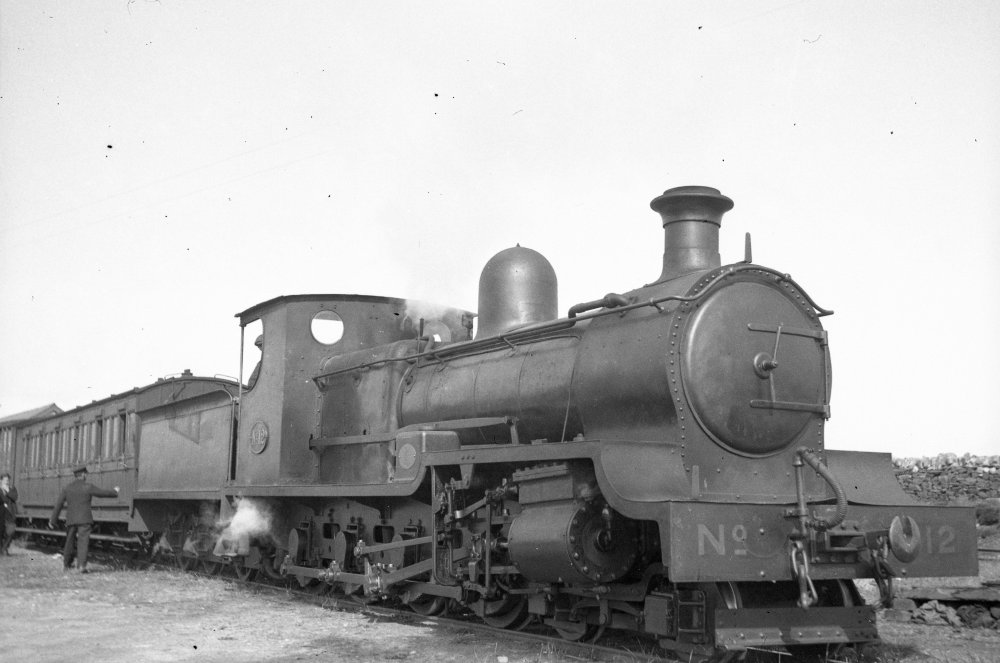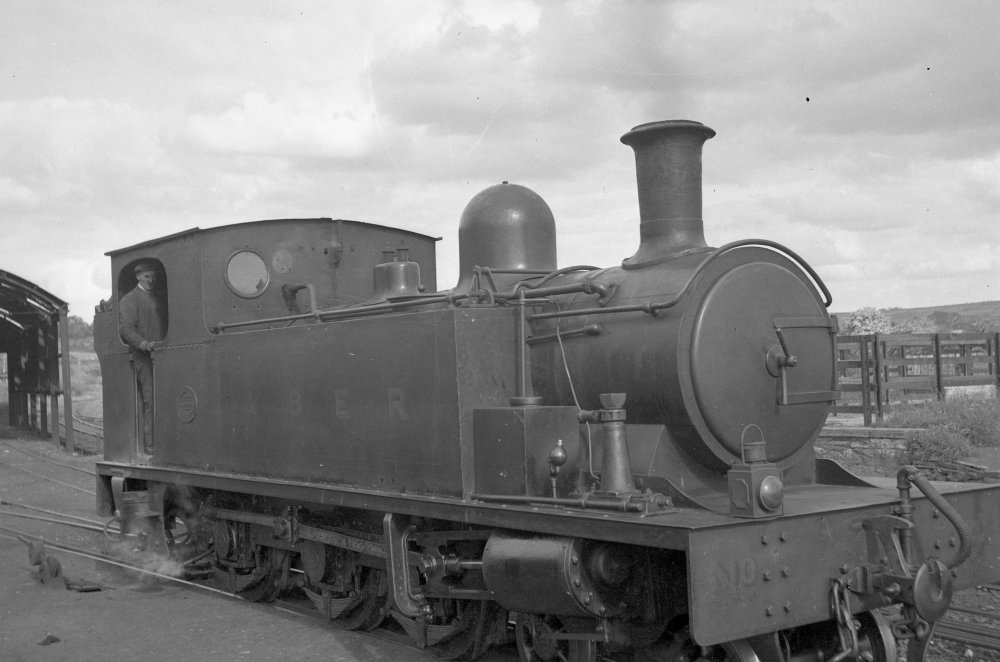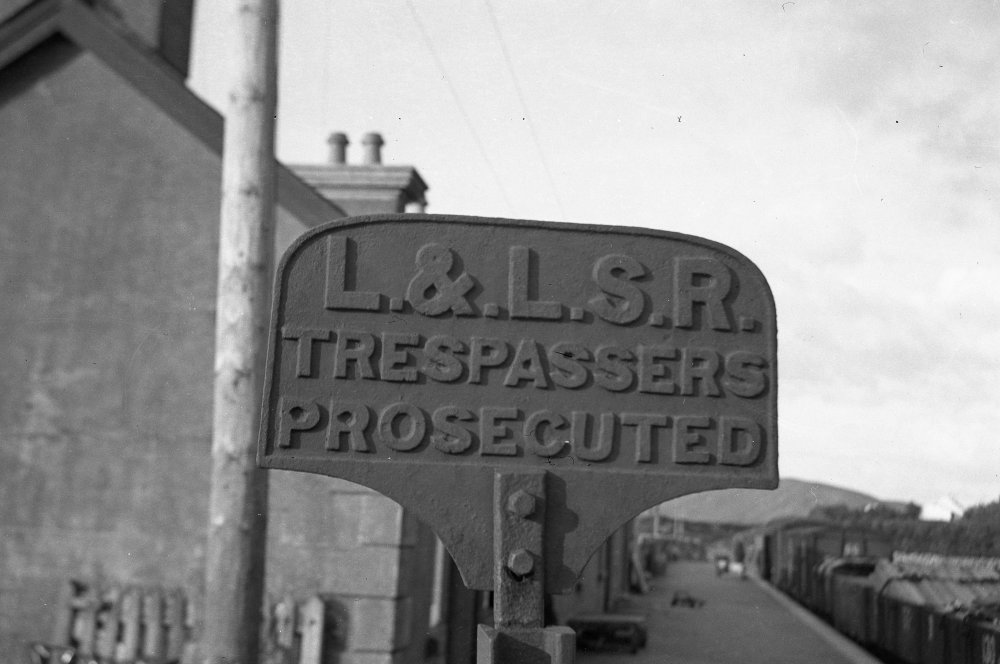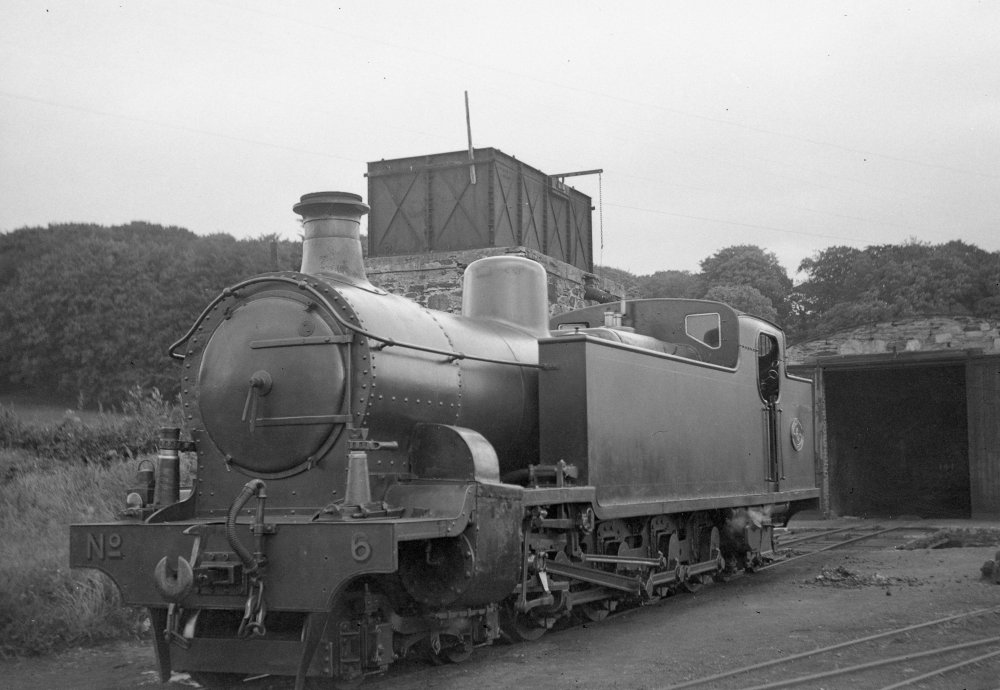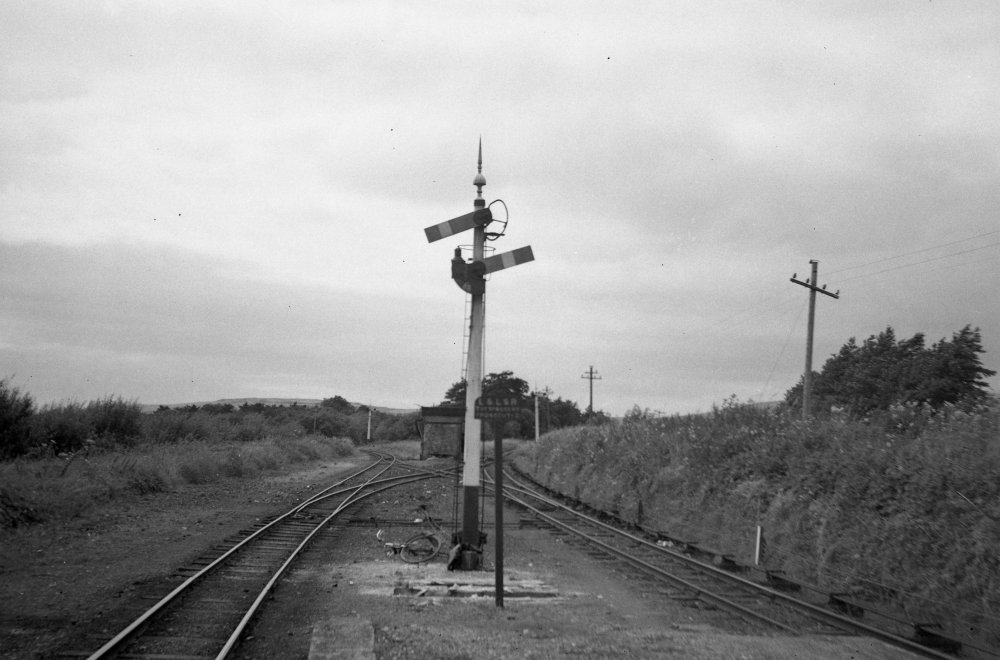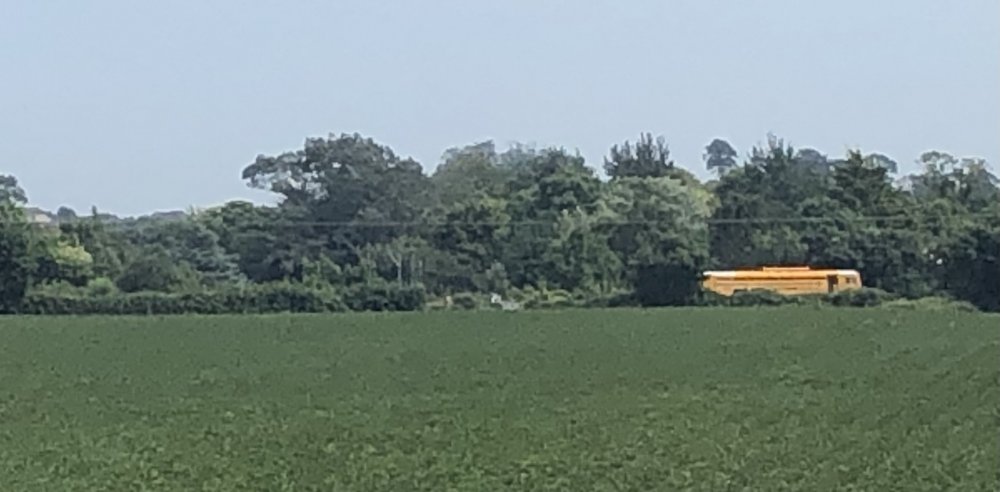-
Posts
15,866 -
Joined
-
Last visited
-
Days Won
393
Content Type
Profiles
Forums
Events
Gallery
Everything posted by jhb171achill
-
Will do Leslie, and I'm very happy with them! Dugort Harbour will have its first monthly cattle fair next time I'm upstairs, so the place will be choked with your wagons!
-
Precisely.
-
That's true too! Many's a time, when I was more involved, I was asked "How come you're not restoring No. 12345? It's rotting away there out in the open!!" When I, or someone else answered, "we haven't the manpower", the clear and loaded hint usually didn't even register!
-
Colin, that "old guy" was 100% right. Having been involved with railway preservation for fifty years, from the RPSI to the Festiniog and back to Downpatrick until a few years ago, I can echo his statement totally. All of us here are railway enthusiasts, but blunt as it may seem, as a community, we are responsible for at MOST 5% of the financial gain of heritage railway operations. This is a combination of our small numbers, which is unavoidable, but also what seems to many actively involved in preservation to often be a downright miserable, penny-pinching attitude - especially those of us on the island of Ireland! Please don't shoot the messenger!
-
Wow! That’s some find. Where is it?
-
Yes. The state of 5T at the moment is certainly a good five years' work and €100,000. There WERE locals interested, but the local parasitic gombeen men amongst the councillors stuck their foot in the door looking fo9r local glory, and when it became clear they wouldn't get any, they shut the doors and wandered off, ensuring that nobody else could get any credit either, thus showing them up. Sad, but typical. The original scheme in Derry closed due to local authority people rather than enthusiasts in charge. If Finntown, Dromod or Downpatrick were run by local authorities, they'd have made an unholy mess of them years ago; thankfully these three have excelltn, but small, groups of knowledgable, interested and dedicated volunteers to run them.
-
A thing I’m noticing with the pics is the lighting isn’t right. Daylight means a skylight above the layout, and evening means a spotlight which is irretrievably ABOVE it. Different lighting called for when taking pics….. I’ve quite a few of Leslie’s wagons at this stage! Might need more eventually…..
-
Wagons at Dugort Harbour, 1964. One is showing the new CIE “roundel”; elsewhere the goods stock is still mostly adorned with fading “flying snails”.
-
I was staying in Dugort one time in 1967, and I took a shortcut across the station at 4.45 a.m., after the gardaí decided to turf the last stragglers out of O’Donoghues. It was sunrise…… red sky in the morning…..
-
A few views from 1963, as B141 makes its first appearance on the branch on the 10:35 Saturdays Only local train to Castletown West. The following day, the solitary Sunday service at 5.10 p.m. has the same set with a brand new Craven added, and making a rare appearance on the line.
-
Yes, it is indeed a boundary marker and it is Dundalk, as it's with his DNGR pictures. Just didn't know WHERE he had seen it! They were still keeping the letters on it painted when he saw it!
-
Another delve into the "catacombs", a.k.a. Senior's stuff, produces this: Question is, what is it and where? The picture will date from the 1930s. (c. H C A Beaumont)
-
I have one for my hair being the wrong grey livery........
-
Many thanks, Mike. I always think things like that are invaluable for modellers. Once the extension to my own layout is done, I’ll be drawing heavily on such detail, of things just lying around the place…. I doubt if, judging by a small number of pics I’ve seen, which appear to show a dark colour (black?) with letters not picked out at all. In the 1968 photo, that’s quite possibly the reason for the sign colour. The trains had cherry red and white (or cream) carriages WAAY back, but latterly they were the same ordinary wagon grey as the actual wagons. Locos and freight lorries had an extremely dark green.
-
Back to the LLSR; more from the "catacombs"; in this case, Senior's stuff. This was a visit to Burtonport in 1937, I think. He footplated No. 12 the whole way, and said the track was shockingly bad, especially beyond Letterkenny-hi. I posted his view from the cab earlier. The second image, 038, shows what must be a unique view back along the tender. The excellent live steam model of one of these seen elsewhere on this website earlier - 10 1.4 inch gauge, I think - I can't pass by without commenting that they were never that colour - for modellers; I'm not nit-picking. LLSR green was an extremely dark green.... Fry's model has it wrong too.....
-
Ghastly. I detest that sort of stuff!
-
It's a locomotive shed on the former Indonesian Staats Spoorwegen......."SS".....
-
I can get you some repro €3 notes. 70c each, or three for €2.90. Send me a postal order, or cash in the usual place behind the bike sheds.
-
Ghastly. Two truly awful fakes. I sincerely hope the auctioneer didn’t try to pass them off as real; that would actually be fraud.
-
True! The Covid is holding everything else up; speak to the Dept. of Domestic Matters and lectures on the subject regarding curtains, garden people and carpet people will abound....... I just pity anyone starting to build a house about now......
-
Woohoo! Yella machine alert! I think it’s a railcar ICR yellow 29000 thing De Dietrich dart….. Modern anyway.
-
Concept early ‘18, arrival the other day. A delay occurred with (a) Malahide casino issues, and (b) my house move, which took four months (long story)……!
-
Pretty much every detail, both on the layout and what will become its extension, is pulled from somewhere real!
-
Yes, very much so. There actually will be a station building - I've only just started it. It will be single-storey corrugated sheet building similar to several on the Valentia line. And yes, it could well be a Macroom extended west to a fictitious harbour and fishing village somewhere about Glengarriff or Sneem. The idea is that the nearby "big" station is the "real" terminus, and Macroom or somewhere like it about half way, with a short extension to "Dugort Harbour". It's far too hot to be sitting outside today, so I can in to the peace and cool of the study to peruse timetables of the 1955-65 era for inspiration..... Thanks for your comments!
-
That is one of the most outstanding pieces of modelling I've seen in a long time! Superb work indeed!
.png.c363cdf5c3fb7955cd92a55eb6dbbae0.png)



